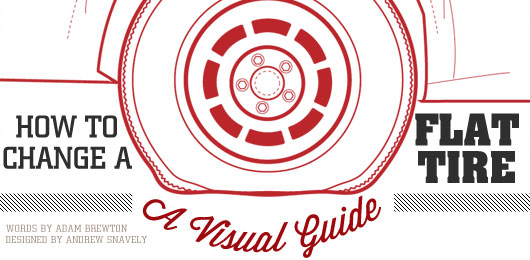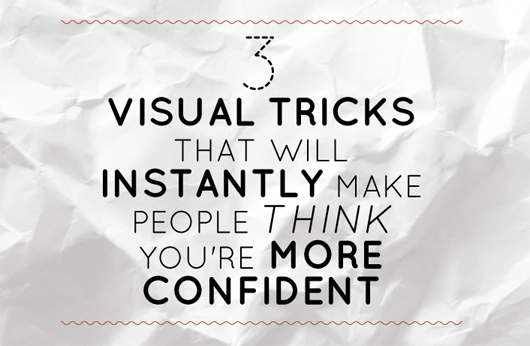For many of us, the mere mention of the word “networking” sends a shiver down our spines. It's not hard to understand why. Envisioning a room filled with strangers, the pressure to make a lasting impression with small talk, and the fear of saying the wrong thing can make even the most extroverted among us want to retreat. But here's the catch: A LinkedIn study found 70% of respondents currently had a job where they had a connection before working there.
And I'm guiltier than most – being an introvert with the lifelong companion of social anxiety hasn't created someone who eagerly signs up for random professional events. It's not that we inherently dislike meeting new people. It's the fear of judgment, the challenge of the unfamiliar, and the weight of expectations that often dim our enthusiasm. Dr. Brené Brown, renowned for her research on vulnerability, emphasizes the human need for connection, “Connection is why we're here; it's what gives purpose and meaning to our lives…what we know is that connection, the ability to feel connected, is neurobiologically how we're wired — it's why we're here.”
But even though I'm more likely than most to avoid such functions, I have had incredibly rewarding experiences, very close friendships, and opportunities that came from participating. I have since attended many networking events and conferences, even speaking at a number of them. Some of my closest friendships I've made as an adult began at a professional networking event.
Below are the frameworks, practical tricks, and mental strategies that allowed me to get out of my head and into the mixer.
1. Be Curious, Not Impressive
Often, we're anxious because we feel the pressure to impress or we have imposter syndrome. Instead, reframe your approach: be genuinely curious about others. Ask open-ended questions, like “What got you interested in that industry?” or “What's been the highlight of being in this role so far?” When you focus on learning about others, you ease the pressure off yourself, and most people appreciate (and remember!) a good listener.
2. Come with Your Prepared Answers
I don't like talking about myself, and when strangers prompt me to, I always feel flustered. The irony is if you're going to a networking event you can expect people are going to ask about you and what you do. So know how you want to present yourself in that situation before you're in it. This isn't so that you sound like you have a scripted elevator pitch, it's so that you can authentically frame your answer with the details that are important to you. Create a concise and engaging narrative about a personal or professional success. It can be a good way to introduce yourself and your passions.
3. The 5-Second Rule
If you spot someone you'd like to connect with but feel hesitant, employ the 5-second rule made famous by Mel Robbins: count backward from five and then approach them before you hit zero. This tactic can break the paralysis of overthinking. The first step is always the hardest; once you initiate the conversation, momentum will carry you forward.
4. Set Manageable Goals
Especially for people who haven't networked much, we can put a lot of pressure on ourselves to show up to an event and think we have to talk to a lot of people and leave feeling like we accomplished something, akin to going to a bar hoping to leave with a phone number for a date. But professional networking is more about participating in the long term and not short, bright bursts.
Instead of pressuring yourself to speak with everyone or having an outcome, aim for just a few meaningful conversations. Your goal might be, “I'll talk to three people tonight.” When you set a clear and achievable objective, you give your efforts direction, and each conversation feels like a win.
5. The FORD Technique
The fear of the awkward pause in a conversation with a stranger can seem like a good reason to skip the whole thing. But employing strategies like the FORD Technique ensures you'll always remember where to take the conversation next. This stands for Family, Occupation, Recreation, and Dreams. When you're stuck on what to discuss, these four topics are generally safe starters that can move a conversation passed small talk and into something more personally meaningful.
6. The “Yes, and…” Rule from Improv
In the world of comedy improv, there is one single rule to keep a performance from becoming awkward and embarrassing. When your improv partner sets up a scenario or joke, your sole responsibility is to not shut them down, killing the flow, and ultimately the scene. This principle is known as the “Yes, and…” Rule because you embrace what they've given you and then add onto it.
This principle transitions perfectly to normal conversation as well. Instead of shutting down a topic, you can add to it, ensuring the conversation flows. For example, if someone talks about their recent trip to Italy, you might add, “Yes, and I've always wanted to go there. What places did you like the most?”

7. Practice Self-compassion
Remember the value of vulnerability and courage. Networking can make us feel exposed, but that's also where genuine connections happen. If a conversation doesn't go as planned, be kind to yourself. Every interaction is a learning opportunity, and with time, you'll find your rhythm.
8. All You Need is a Simple Introduction
The power of a basic introduction is potent. Approaching someone and simply saying, “Hi, my name is Andrew” is a simple yet effective way to start a conversation. Remember that everyone at the event is hoping to meet new people, and this approach is both genuine and inviting.
9. Join Groups
Small group dynamics can be rich in conversation. If you see an approachable group, take the initiative and say, “Hey, I'm Andrew, may I join you?” The benefit of this is that you'll be joining an existing conversation versus needing to prompt one from the outset.
10. Shift from “I Have to” to “I Get to”
Instead of thinking “I have to network tonight,” think “I get to meet new people in my industry tonight, which is important to me over the long term for my career.” This small shift in perspective can transform dread into opportunity.
11. The Ultimate Social Anxiety Networking Secret: Graceful Exit Strategies
One of the most transformative realizations I've come to embrace is the power of a graceful conclusion. Ironically, knowing how to end a conversation with tact and poise has made initiating those conversations far less daunting. The anxiety of potential awkwardness or overstaying one's welcome can inhibit even the first “hello.” But equipped with the confidence that you can seamlessly wrap up any exchange, the hesitancy begins to fade, making the entire process of networking more approachable and freeing. Here are a few I always lean on:
Graceful Exit – The Mixer
When wanting to wrap up a conversation, mention another segment of the event: “Well, cool, are you going to the mixer at the bar later?” This gives you an opening to conclude with, “Great! I'll be there too. It was nice chatting. Hope to see you later!”
Graceful Exit – The Follow-up Connect
Conclude by suggesting a follow-up: “It was great chatting with you! I'll send you that article I mentioned on LinkedIn.” This naturally presents a place to end the conversation while also establishing a connection for the future.
Graceful Exit – Duration Check
Naturally end the conversation by gauging the length of someone's stay with, “Are you here until the last talk on Sunday?” Follow up with, “Awesome, I'll be around too. Hope we can chat more!”
Graceful Exit – The Direct Approach
Sometimes, directness is all that's needed: “Barry, it's been great getting to know you. I'm sure we'll see each other more during the event!” This acknowledges the time spent and leaves on a positive note.

12. The Power of the Post-Event Pivot
Something I never expected as I was starting to network more was that some of these fleeting interactions would blossom into deep friendships that have enriched my adult life beyond measure. And often, the magic wasn't in the meeting itself, but in the quiet, intentional moments that followed.
But how do we move from that first handshake to a bond? The key, I've found, is in the follow-up. Reaching out with genuine interest, sharing a resource related to your conversation, or simply extending an invitation for coffee can bridge the gap between a brief meeting and a lasting connection.

















